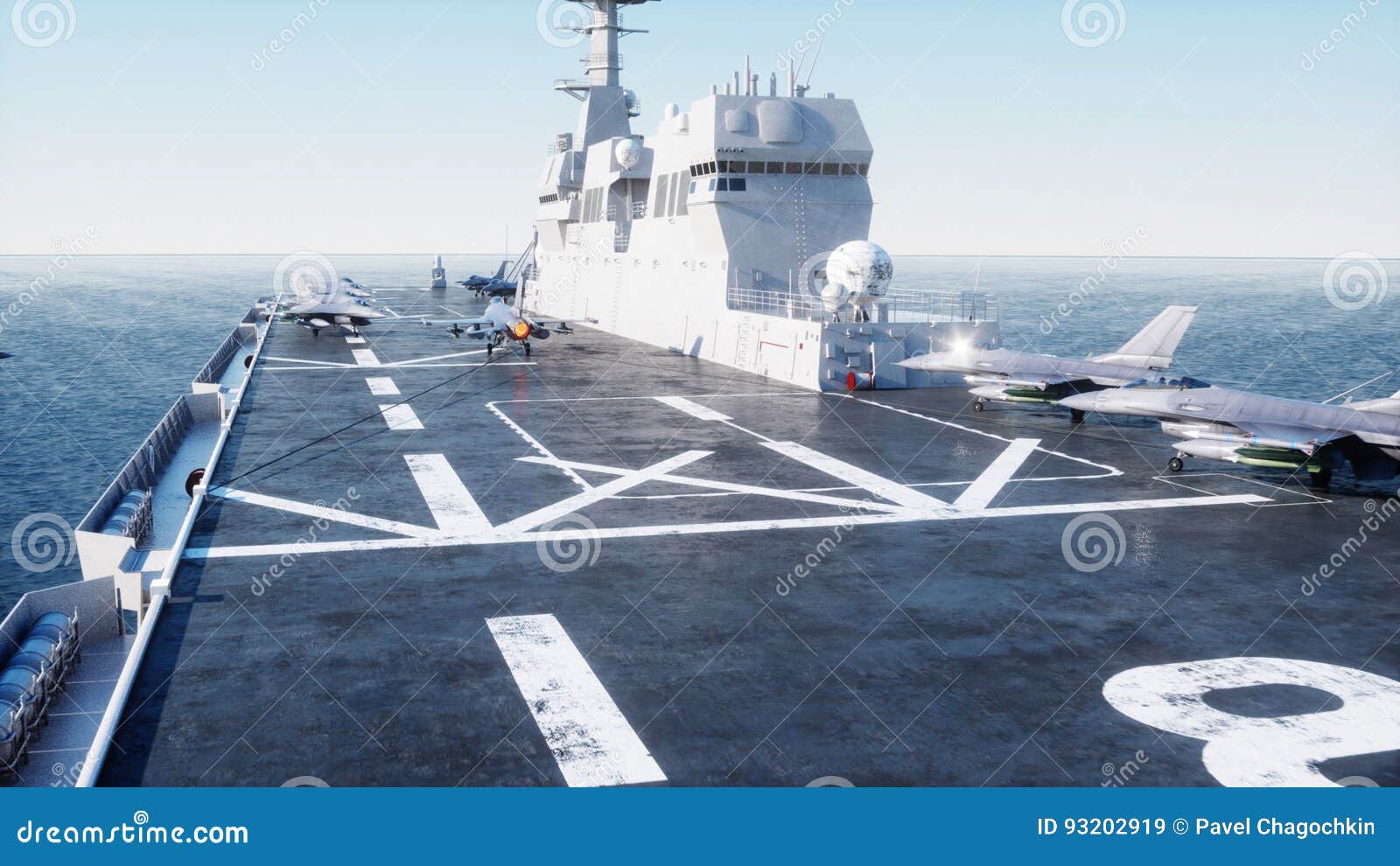

#F18 carrier landing lite differences full#
The Landing Signals Officers guide a landing aircraft on the USS George Washington.Īs soon as the plane hits the deck, the pilot will push the engines to full power, instead of slowing down, to bring the plane to a stop. If the plane is off course, the LSOs can use radio commands or illuminate other lights to correct him or her or "wave him off" (send him around for another attempt). Landing Signals Officers (LSOs) help guide the plane in, through radio communication as well as a collection of lights on the deck. When it's time for a plane to land, the pilot breaks free of this landing pattern and heads toward the stern of the ship. The Carrier Air Traffic Control Center below deck decides the landing order of the waiting planes based on their various fuel levels (a plane that's about to run out of fuel comes down before one that can keep flying for a while). The landing procedure starts when the various returning planes "stack up" in a huge oval flying pattern near the carrier.

To pull off this incredible trick, the pilot needs to approach the deck at exactly the right angle. It's acceptable to snag the second or fourth wire, but for a pilot to move up through the ranks, he or she has to be able to catch the third wire consistently. If they come in too low on the first wire, they could easily crash into the stern of the ship. They never shoot for the first wire because it's dangerously close to the edge of deck. Pilots are aiming for the third wire, as it's the safest and most effective target. There are four parallel arresting wires, spaced about 50 feet (15 meters) apart, to expand the target area for the pilot.


 0 kommentar(er)
0 kommentar(er)
